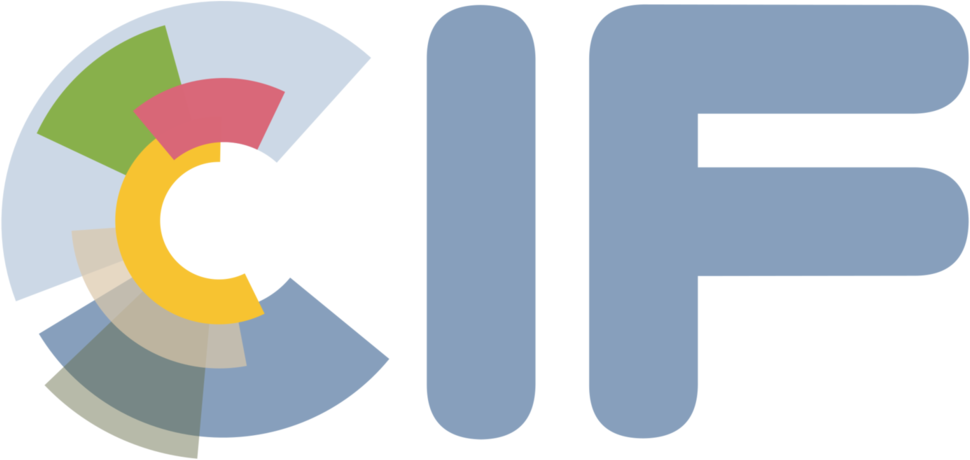Measurements measurements#
Available Measurements measurements#
The following measurements are implemented in pyCIF so far:
Documentation#
Description#
Measurements are used to generate CIF-compatible observation data sets.
